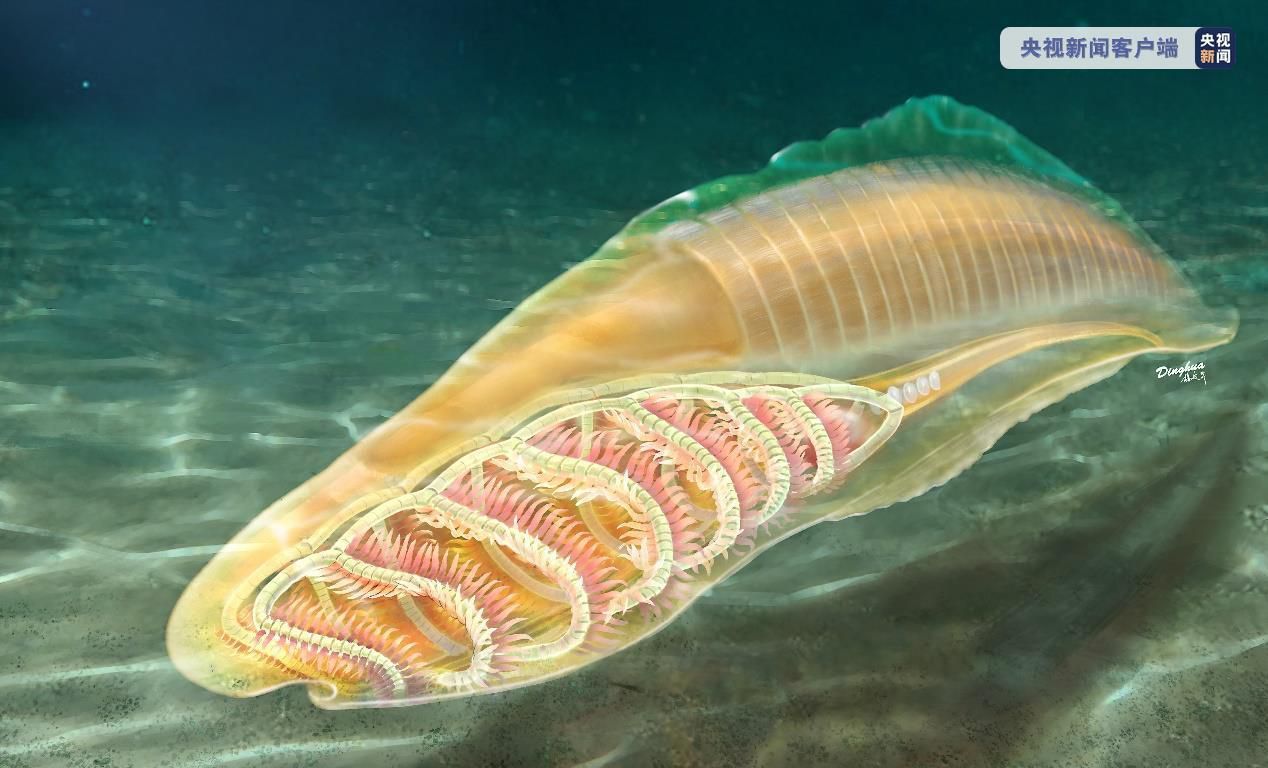Scientists create "the coldest material in the universe"
Author:Look at the think tank Time:2022.09.15


According to the US "Popular Science" monthly website reported on September 9, researchers are conducting some very cold experiments in a laboratory in Kyoto, Japan. A team of scientists from Kyoto University and Houston Runis University in Texas cooled the material to one billion yuan than absolute zero (minus 273.15 degrees Celsius, that is, the temperature when all particle movements stopped), which made it the entire universe as the entire universe. The coldest material. The study was published in the British "Physics" in September. Rice University said that it "opened a portal in the field of quantum magnetic fields that was not explored."
This article is reproduced from the WeChat public account "Reference Message" (ID: CKXXWX). The original first was released on September 14, 2022. The original title was "Scientist created the" Cooler Material of the Universe ".
"Unless there are alien civilization, such experiments are currently undergoing such experiments, Kyoto University will create the coldest Fermiko in the universe at any time," research and communication author, Professor Rayei University, university at the university, the university at the university In a press release, members of the quantum plan, "Fermiko is not a rare particle. They include electronics and other things, which are one of the two particles that constitute all substances."
Kyoto University, led by the research author Takahashi Jialang (Yin), used laser to cool down the atomic Fermiko to about one billion more than one billion yuan. This is 3 billion times colder than the minimum temperature in the interstellar space. The universe in this area is still affected by the cosmic microwave background (or the radiation after the Big Bang). The coldest cosmic space area is known to return the strength of the force. Its temperature is 1 degree Celsius higher than the absolute zero degree, and it is 3,000 light years from the earth.
Just like electrons and photons, atoms are subject to the law of quantum dynamics, but their quantum behavior can only be seen when they are cooled to very close to absolute zero. The use of laser cooling atoms to study ultra -cold atomic quantum characteristics has been used for more than 25 years.
"The result of reaching this extremely low temperature is that physics has really changed," Harzeard said. "Physics began to become more quantum mechanics, which allows you to see a new phenomenon."
The report pointed out that in this experiment, the laser cooled the substance by preventing 300,000 tadpole atoms from the movement of the optical lattice. It simulates the Hibardian model, which was first proposed by theoretical physicist John Habard in 1963. Physicists use the Hibardian model to study the magnetic and superconducting behaviors of materials, especially the interaction between electrons to produce collective behavior.
This model enables the atom to show its unusual quantum characteristics, including the collective behavior of electronics (a bit like a group of fans who perform "human waves" in football games) and superconducting Ability.
"The thermometers they use in Kyoto are one of the important things we have provided by our theory," Harzeard said. "Compare their measurement results with our calculation results, we can determine the temperature. The temperature of the record is through Interesting new physics related to the system's high symmetry. "
The Hibardian model simulated in Kyoto has special symmetry, called SU (N). SU represents a special group, which is a mathematical method describing symmetry; n means a self -rotation state where the particles may be possible in the model.

- END -
[2022 New Book] Deep learning biomedical application: from medical image to drug discovery

Source: SpecialtyThis article is introduced by books. It is recommended to read fo...
Chinese scientists have studied and confirmed that Yunnan worms are the most primitive vertebrates

Recently, Chinese scientists have found that Yunnan worms produced by the Cambrian...